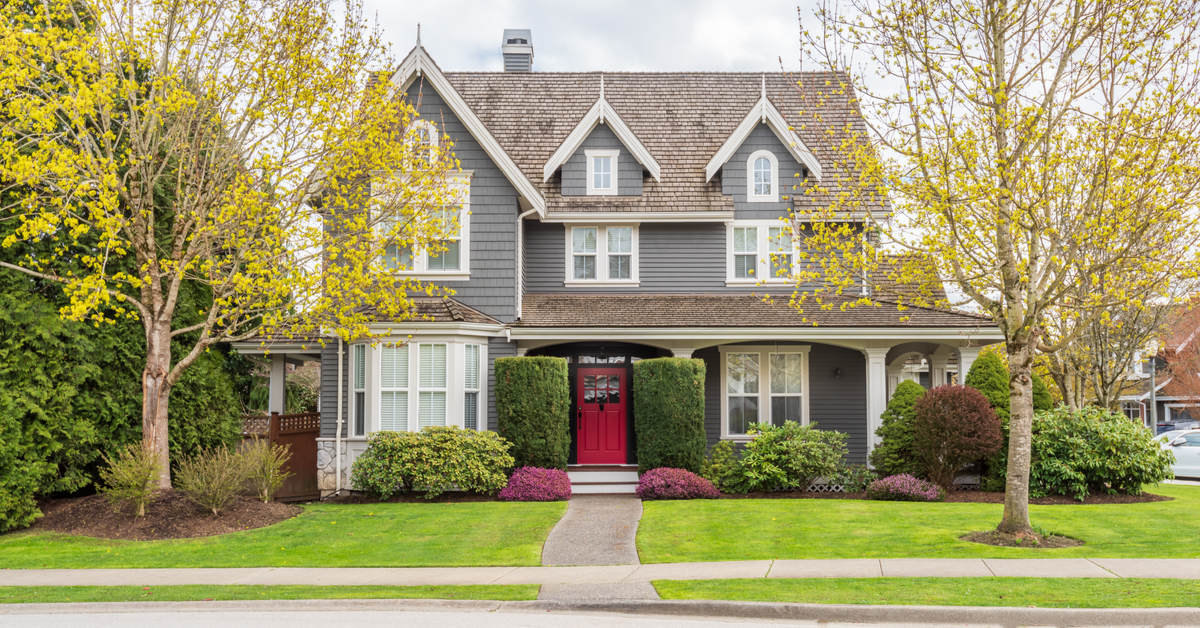Rising interest rates paired with sky-high home prices have been a veritable double whammy for homebuyers as of late, but Black Knight’s latest Mortgage Monitor report may offer somewhat of a silver lining.
The real estate analytics company revealed that, while prices are still climbing, the rate of that climb is slowing significantly. Annual home price appreciation plunged from 19.3% in May to 17.3% in June. The slashing of nearly two percentage points from the pace of price growth was the largest slowdown recorded by Black Knight since at least the early 1970s — and according to Black Knight Data & Analytics President Ben Graboske, it wasn’t even close.
“For context, during the 2006 downturn, the strongest single-month slowing was 1.19% – about what we saw last month – and June topped that by 66%,” Graboske said. “The slowdown was broad-based among the top 50 markets at the metro level, with some areas experiencing even more pronounced cooling. In fact, 25% of major U.S. markets saw growth slow by three percentage points in June, with four decelerating by four or more points in that month alone.”
June was the third consecutive month that saw the price growth rate decelerate, another sign that high prices and rising rates are indeed finally turning the burners down under the previously scorching market. Meanwhile, in another encouraging sign for would-be buyers, June’s plummet in price growth coincided with the largest single-month increase of inventory in 12 years. Per Black Knight’s data, there has been a seasonally adjusted 22% increase in the number of homes listed for sale over the past two months, a jump equating to roughly 114,000 new listings.
“Some metro areas are seeing inventory return to the market more quickly than others,” Graboske pointed out. “San Francisco officially returned to pre-pandemic levels in June, becoming the first major market to do so, with San Jose close behind, where the number of homes listed for sale is just 1% off the June 2017-2019 average. It’s therefore of little surprise to find both metros among the markets where prices are pulling back from recent highs, along with Seattle, San Diego, Denver and others.”
Graboske was swift to add that, while the recent cooling of price growth and increase in inventory help bring the market closer to balance, there’s a long way to go. Consider, for example, that for price growth to return to around 5% (more in line with long-run averages), there would have to be six more months of this level of deceleration. And even with June’s record supply jump, inventory remains about 54% below historical norms. With the shortage of for-sale homes so steep, it would take more than a year of June’s inventory growth pace before supply levels are normalized.
Of course, considering the lag between interest rate changes and the ensuing impact on price growth, the market could be in for even larger corrections moving forward.
“Given it takes about five months for interest rate impacts to be fully reflected in traditional home price indexes we’re likely not yet seeing the full effect of recent rate spikes, with the potential for even stronger slowing in coming months,” Graboske said.






